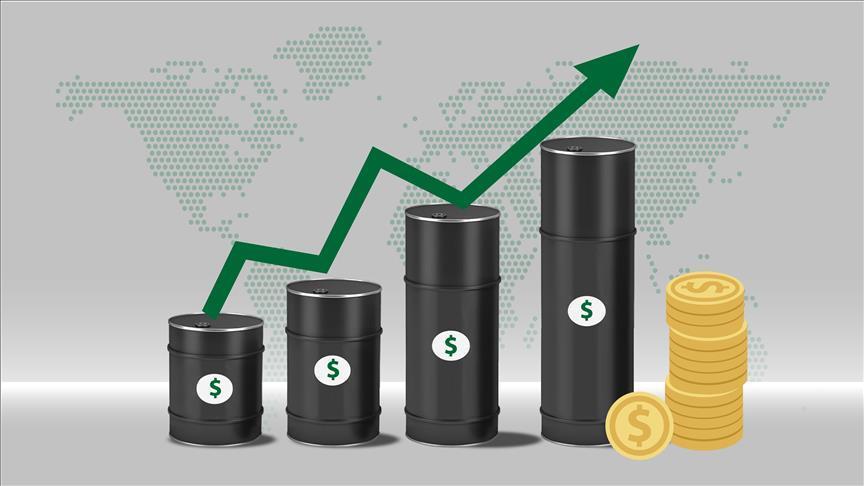Oil Prices rises Due to Issues in Middle East and Expectations of a US Rate Cut

Oil prices continued to rise on Tuesday, driven by both geopolitical tensions in the Middle East and positive investor sentiment anticipating potential interest rate cuts by the U.S.
Federal Reserve. Brent crude futures increased by $1.19, or 1.5%, reaching $80.26 a barrel, while U.S. West Texas Intermediate crude rose by 94 cents, or 1.3%, to $74.50.
The announcement from Maersk about the resumption of shipping routes in the Red Sea has somewhat alleviated concerns about supply disruptions. Despite ongoing geopolitical tensions, the lack of significant disruptions to oil supply has tempered the impact on prices.
Analysts note that trade is thin, and market activity is within a narrow range typical of holiday periods, as some markets are closed for public holidays.
Last week, both oil benchmarks experienced a 3% gain due to Houthi attacks on ships disrupting global shipping, and the Israel-Hamas conflict showing no signs of easing. Shipping companies had temporarily halted vessels through the Red Sea, impacting global trade.
Germany’s Hapag-Lloyd is set to decide on the future of its Red Sea routes on Wednesday after suspending shipments there. Recent incidents, including two explosions reported in the Red Sea, have added to the complexity of the situation.
In the broader geopolitical context, Israel hinted at retaliatory actions in Iraq, Yemen, and Iran in response to attacks against it. Additionally, the U.N. nuclear watchdog reported that Iran has reversed its slowdown in uranium enrichment, moving closer to weapons-grade levels.
Oil prices are also supported by expectations of potential interest rate cuts by the Federal Reserve in the coming year. Lower interest rates are seen as stimulating economic growth and consumer borrowing, ultimately boosting oil demand.








